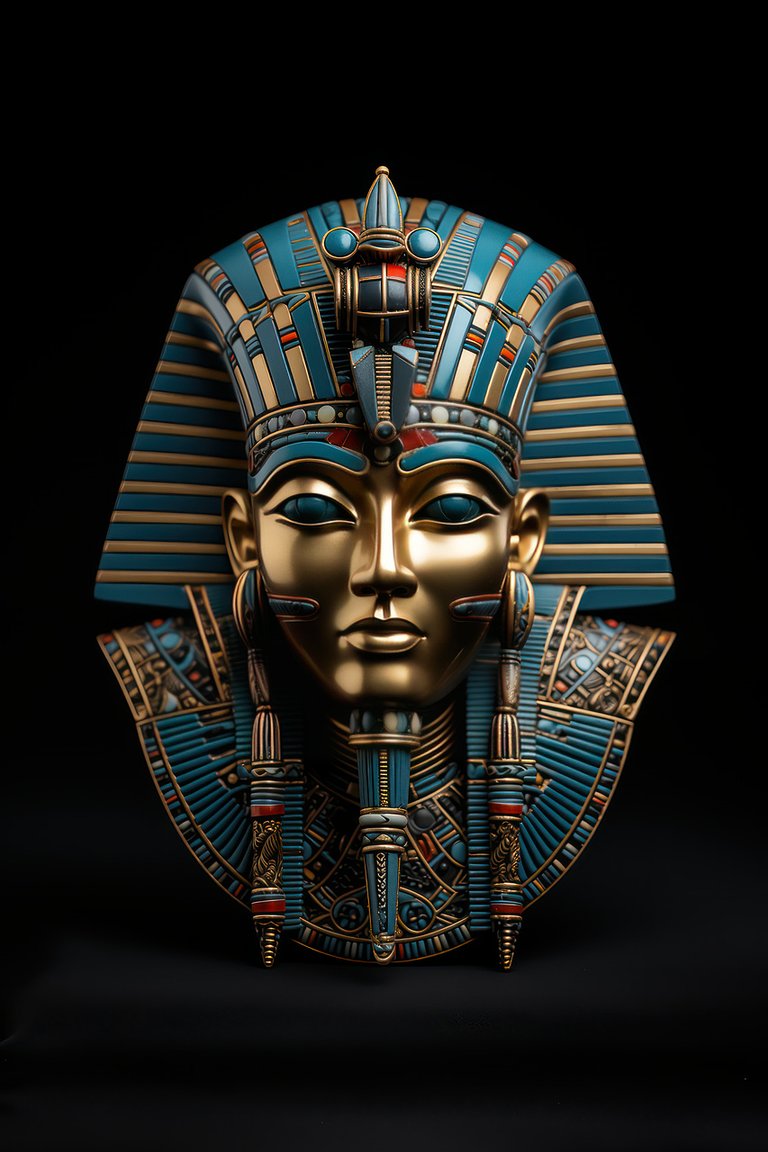Tutankhamun: The Boy King and the Forgotten Truth of the Sphinx

Tutankhamun: The Boy King and the Forgotten Truth of the Sphinx
When Tutankhamun—the boy pharaoh—was discovered in 1922 by Howard Carter, his tomb stunned the world. Sealed for over 3,000 years, it was a time capsule from a forgotten era. Gold, art, and strange symbols filled the chambers. But what the world saw was just the surface.
Behind the golden mask of Tutankhamun lies a deeper mystery—one involving a forbidden god, the erasure of history, and possibly, beings from the stars.
The Son of a Heretic
Tutankhamun was the son of Akhenaten, the radical pharaoh who tried to erase Egypt’s gods and establish the worship of one—Aten, the solar disc. But when Akhenaten died, his revolution crumbled.
The young Tutankhamun was just a child when he took the throne. But during his short reign, something dramatic happened: He abandoned Akhetaten, the city of Aten. He restored the old gods, especially Amun-Ra.
And most importantly… he changed his name from Tutankhaten ("Living image of Aten") to Tutankhamun ("Living image of Amun").
Why would a boy king reverse everything his father built?
Was it pressure from priests? Politics? Or was there a deeper secret he was told to protect?
The Mystery of the Sphinx
Standing silent on the Giza Plateau, the Great Sphinx stares across the desert. Mainstream historians say it was carved by Pharaoh Khafre around 2500 BCE. But erosion patterns and geological clues suggest it may be much, much older—possibly 10,000 years or more. Some believe the Sphinx is a guardian of hidden knowledge—a monument from a forgotten civilization, possibly predating even ancient Egypt.
And here’s where it gets stranger: in both Sumerian and Egyptian lore, beings with lion bodies and human heads appear repeatedly—sphinx-like guardians associated with divine wisdom, portals, and the gods.
In Sumer, we find references to lamassu, hybrid beings with wings, bull or lion bodies, and human faces—protectors of gates and sacred knowledge. These creatures were connected to the Anunnaki, the godlike beings said to have descended from the stars.
Was the Egyptian Sphinx a version of this ancient guardian? A monument left behind by the same cosmic architects?
What Did Tutankhamun Inherit?
Some theorists suggest that Akhenaten’s knowledge of Aten—the "disc in the sky"—was not spiritual, but technological or extraterrestrial. Was he trying to awaken Egypt to an ancient truth? Did Tutankhamun grow up surrounded by this knowledge… only to be forced to suppress it?
It's worth noting that Tutankhamun’s tomb contained strange artifacts, including:
Dagger made from meteoric iron (from the sky), An unusual scarab made of desert glass, formed by extreme heat (possibly from an explosion or impact),
And unnatural proportions in his body shown in art, similar to his father’s elongated skull and narrow limbs.
Were these signs of a lineage touched by the gods? Or remnants of a forgotten hybrid bloodline?
The Return of the Gods?
Egypt and Sumer may have been two pieces of the same ancient puzzle—cultures that inherited fragments of a deeper, older civilization connected to the Anunnaki. Both spoke of gods descending from the heavens, giving kingship, and teaching humanity.
Perhaps the Sphinx, the Aten, and the divine kingship are all echoes of that lost golden age—one humanity has tried to forget, but which refuses to remain buried.
The Silence Before the Revelation
Tutankhamun died mysteriously at just 18. Was it natural causes—or was something silenced? His story ends with his tomb being buried and forgotten. But his legacy may still whisper through the symbols, the monuments, and the mysteries left behind.
Posted by Waivio guest: @waivio_cosmicsecrets